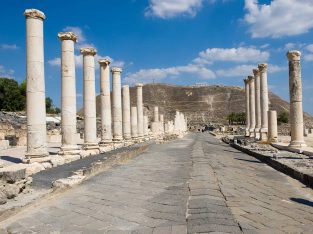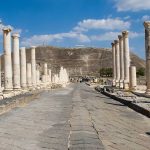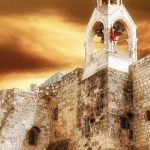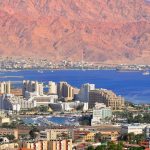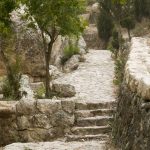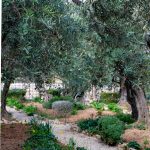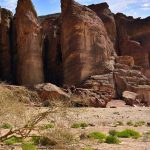Pillars, Jordan
Beit Shean
Beit She'an's location has always been strategically significant, due to its position at the junction of the Jordan River Valley and the Jezreel Valley, essentially controlling access from Jordan and the inland to the coast, as well as from Jerusalem and Jericho to the Galilee.
is a city in the Northern District of Israel which has played an important role in history due to its geographical location at the junction of the Jordan River Valley and the Jezreel Valley. In the Biblical account of the battle of the Israelites against the Philistines on Mount Gilboa,[3] the bodies of King Saul and three of his sons were hung on the walls of Beit She’an (1 Samuel 31:10-12).
Good to Know
Country
Visa Requirements
Languages spoken
Currency used
Area (km2)
According to the Hebrew Bible, around 1000 BC the town became part of the larger Israelite kingdom under the rule of David and Solomon. 1 Kings 4:12 refers to Beit She’an as part of the kingdom of Solomon, though the historical accuracy of this list is debated.[20] An Iron Age I (1200-1000 BC) Canaanite city was constructed on the site of the Egyptian center shortly after its destruction.[21]
The Assyrian conquest of the northern kingdom of Israel under Tiglath-Pileser III (732 BC) brought about the destruction of Beit She’an by fire.[17]
Minimal reoccupation occurred until the Hellenistic period.[17]
According to the Hebrew Bible, around 1100 BCE Canaanite Beit She’an was conquered by the Philistines, who used it as a base of operations for further penetrations into Israel proper. During a subsequent battle against King Saul at nearby Mount Gilboa in 1004 BC, the Philistines prevailed and Saul together with three of his sons, Jonathan, Abinadab and Malchishua, died in battle (1 Samuel 31; 1 Chronicles 10). 1 Samuel 31:10 states that “the victorious Philistines hung the body of King Saul on the walls of Beit She’an”. King David was able to capture Beit Shea’an in a series of brilliant military campaigns that expelled the Philistines from the area, pushing them back to their southern coastal strongholds.
